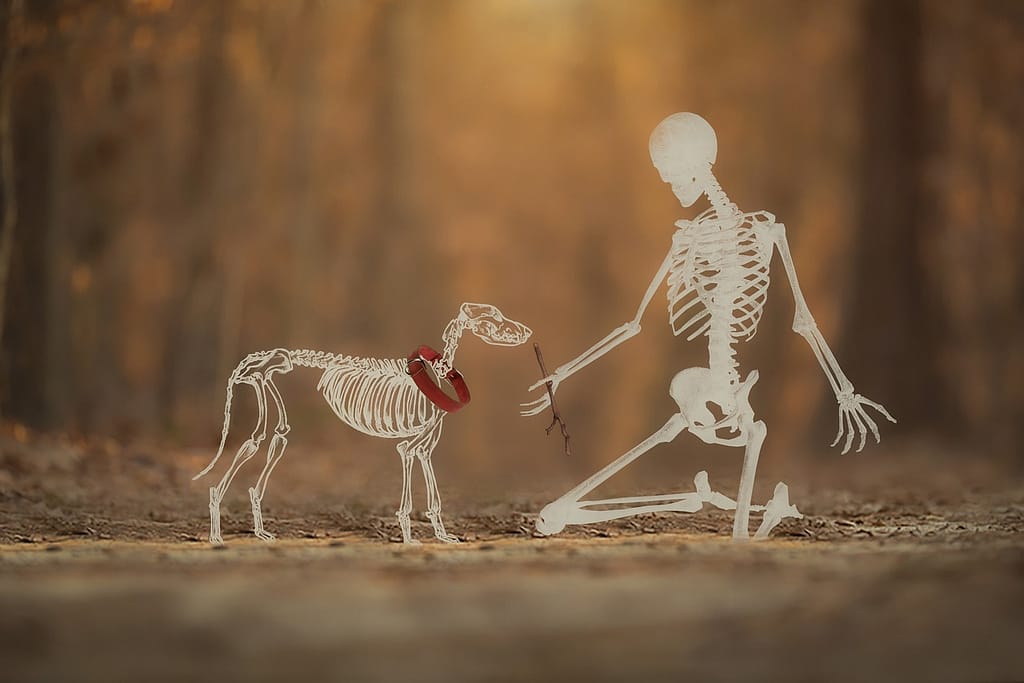
The skeletal structure of our furry companions has long fascinated dog lovers and scientists alike. Dogs possess a remarkably complex bone structure like humans, providing support, protection, and mobility. But just how many bones make up a dog’s skeleton? In this article, we explore the intricacies of the canine skeletal system to uncover the answer.
Table of Contents
The Dog Skeleton: A Crucial Framework
A dog’s skeleton serves as the fundamental framework of its body. The arrangement of bones allows dogs to twist, bend, jump, and move in ways unique to their species. Although we see incredible variation in size and proportion across breeds, the basic skeletal structure remains constant. Understanding the canine skeletal system is vital for veterinarians diagnosing orthopedic conditions, researchers studying physiology, and pet owners making healthcare decisions.
Counting the Bones: How Many in a Dog?
On average, a healthy adult dog has 319 to 321 bones. However, the precise number can vary slightly depending on breed size, age, and sex. For perspective, the human skeletal structure contains 206 bones. The higher bone count in dogs is due to differences in spinal vertebrae, rib cage, and tail bones. Larger dog breeds have larger and more numerous bones, while smaller dogs tend to have lighter, more delicate skeletal structures.
The Axial and Appendicular Skeleton
A dog’s skeleton can be divided into axial and appendicular sections. The axial skeleton includes the skull, spine, ribs, and sternum, forming the central core. The appendicular skeleton comprises the limbs, including the paws, legs, and shoulder bones, enabling locomotion. Key differences from human anatomy include greater flexibility in shoulder blades and neck and dewclaws – vestigial thumb bones – in limb structures.
Supporting Bone Health
Strong, dense bones are crucial for canine health. Proper nutrition, adequate calcium and phosphorus, and regular, moderate exercise stimulate bone growth and strength. Understanding the skeletal system guides pet owners in providing suitable food and activity for their dogs. It also aids veterinary orthopedists in diagnosing and treating bone diseases and injuries in various breeds.
Appreciating the Canine Skeleton
The precise orchestration of the canine skeletal system enables dogs to run, jump, and play with agility and grace. Next time you play fetch with your furry friend, take a moment to appreciate the remarkable framework of bones that underpins their athleticism and abilities. The intricacy of the canine skeleton continues to be an enduring and exciting field of study for dog enthusiasts and zoology researchers alike.








Leave a Reply
You must be logged in to post a comment.